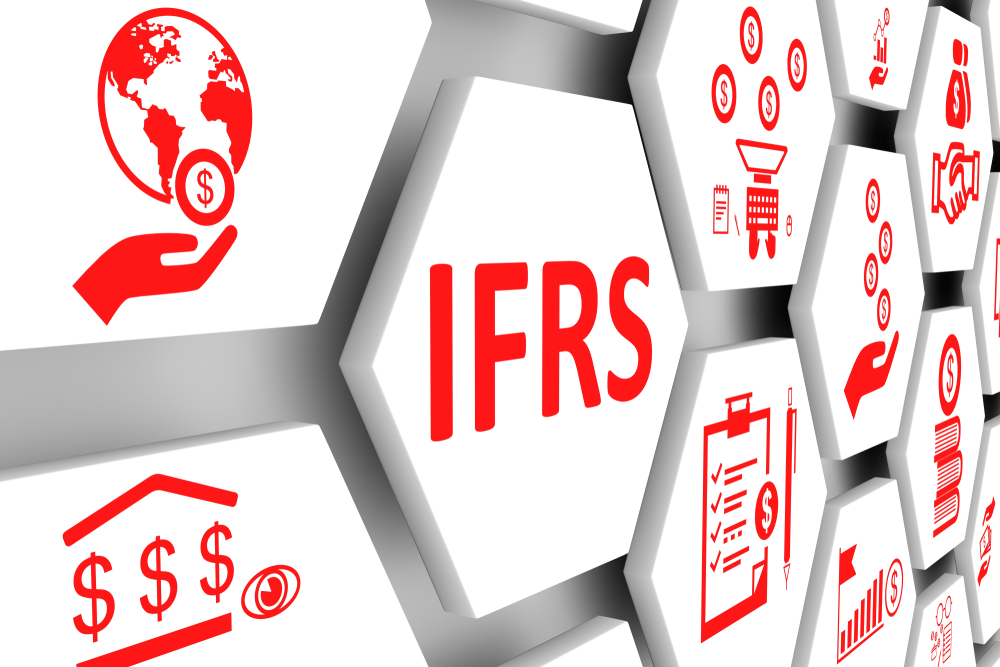
Accounting principles form the bedrock of financial reporting, providing guidelines for businesses to record, present, and interpret financial information accurately and transparently. In England, accounting principles are based on a combination of statutory regulations, professional standards, and established best practices. Understanding these principles and their practical application is essential for businesses, investors, regulators, and other stakeholders. In this comprehensive article, we will delve into the accounting principles adopted in England, exploring key concepts and providing examples to illustrate their significance in financial reporting.
Generally Accepted Accounting Principles (UK GAAP)
In England, accounting principles are primarily governed by the UK Generally Accepted Accounting Principles (UK GAAP), which comprise a set of accounting standards, principles, and guidelines established by various accounting bodies and regulatory authorities. UK GAAP provides a framework for the preparation and presentation of financial statements, ensuring consistency, reliability, and transparency in financial reporting. Let’s explore some key accounting concepts and examples under UK GAAP:
Historical Cost Principle
The historical cost principle dictates that assets and liabilities should be recorded at their original acquisition cost, rather than their current market value. This principle ensures objectivity and verifiability in financial reporting. For example:
A company purchases a piece of machinery for £10,000. Under the historical cost principle, the machinery is recorded on the balance sheet at £10,000, its original cost.
Prudence (Conservatism) Principle
The prudence principle, also known as conservatism, advocates for caution and moderation in financial reporting. It requires businesses to recognize potential losses and liabilities as soon as they are foreseeable, but only recognize gains and assets when they are realized. For example:
A company has outstanding accounts receivable of £100,000. Based on past experience, the company estimates that 5% of these receivables may be uncollectible. To adhere to the prudence principle, the company creates a provision for bad debts of £5,000.
Accruals Concept
The accruals concept dictates that revenue and expenses should be recognized in the accounting period in which they are earned or incurred, regardless of when cash transactions occur. This principle ensures that financial statements reflect the economic substance of transactions. For example:
A company provides consulting services to a client in December but does not receive payment until January. Under the accruals concept, the company recognizes revenue for the services rendered in December, even though payment is received later.
Consistency Principle
The consistency principle requires businesses to use the same accounting methods, policies, and procedures consistently from one period to the next. Consistency enhances comparability and reliability in financial reporting. For example:
A company consistently uses the straight-line depreciation method to depreciate its fixed assets over their estimated useful lives. By maintaining consistency in depreciation methods, the company ensures uniformity in expense recognition.
Financial Reporting Standards (FRS)
In addition to UK GAAP, financial reporting in England is guided by Financial Reporting Standards (FRS), which are issued by the Financial Reporting Council (FRC). FRS sets out specific accounting requirements and disclosure rules for different types of entities and transactions. Let’s explore examples of accounting concepts under FRS:
Revenue Recognition

FRS 102, the Financial Reporting Standard applicable to medium-sized and large entities, provides guidance on revenue recognition. Revenue is recognized when it is probable that economic benefits will flow to the entity and the revenue can be reliably measured. For example:
A company sells goods to a customer and has a history of collecting payments from similar transactions. Revenue is recognized at the point of sale, even if cash payment is received later.
Leases
FRS 102 includes specific provisions for accounting for leases, distinguishing between finance leases and operating leases. Finance leases are recognized as assets and liabilities on the balance sheet, while operating leases are expensed over the lease term. For example:
A company leases office space under an operating lease agreement. The lease payments are recognized as operating expenses in the income statement over the lease term.
Financial Instruments
FRS 102 provides guidance on the accounting treatment of financial instruments, including recognition, measurement, and disclosure requirements. Financial instruments such as loans, receivables, and derivatives are valued at fair value or amortized cost, depending on their classification. For example:
A company holds investments in listed shares. The investments are valued at fair value, with changes in fair value recognized in the income statement.
International Financial Reporting Standards (IFRS)
While UK GAAP and FRS are the primary accounting standards in England, many large companies and multinational corporations adopt International Financial Reporting Standards (IFRS) for financial reporting. IFRS is developed and issued by the International Accounting Standards Board (IASB) and is used by companies in over 140 countries worldwide. Let’s explore examples of accounting concepts under IFRS:
Fair Value Measurement
IFRS requires certain financial assets and liabilities to be measured at fair value, reflecting the price that would be received to sell an asset or paid to transfer a liability in an orderly transaction between market participants. For example:
A company holds investment properties that are revalued annually to fair value. The fair value of the investment properties is determined based on market prices or valuation techniques.
Impairment of Assets
IFRS requires businesses to assess the carrying amounts of their assets for impairment when there are indicators of impairment. Impairment losses are recognized if the recoverable amount of an asset is less than its carrying amount. For example:
A company assesses the carrying amount of its goodwill annually for impairment. If the recoverable amount of the cash-generating unit to which the goodwill relates is less than its carrying amount, an impairment loss is recognized.
Conclusion
Accounting principles play a crucial role in shaping financial reporting practices and ensuring the integrity and transparency of financial information. In England, accounting principles are based on UK GAAP, FRS, and IFRS, providing a robust framework for businesses to prepare and present financial statements. By adhering to key accounting concepts such as historical cost, prudence, accruals, consistency, revenue recognition, leases, and financial instruments, businesses can produce financial statements that accurately reflect their financial performance and position. Understanding these accounting principles and concepts is essential for stakeholders to make informed decisions, assess business performance, and maintain confidence in the reliability of financial reporting.


